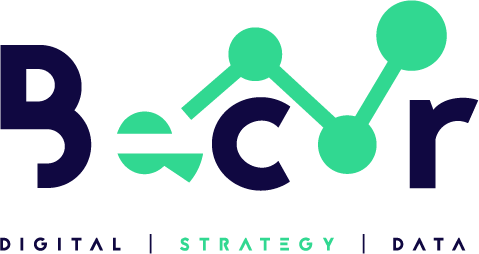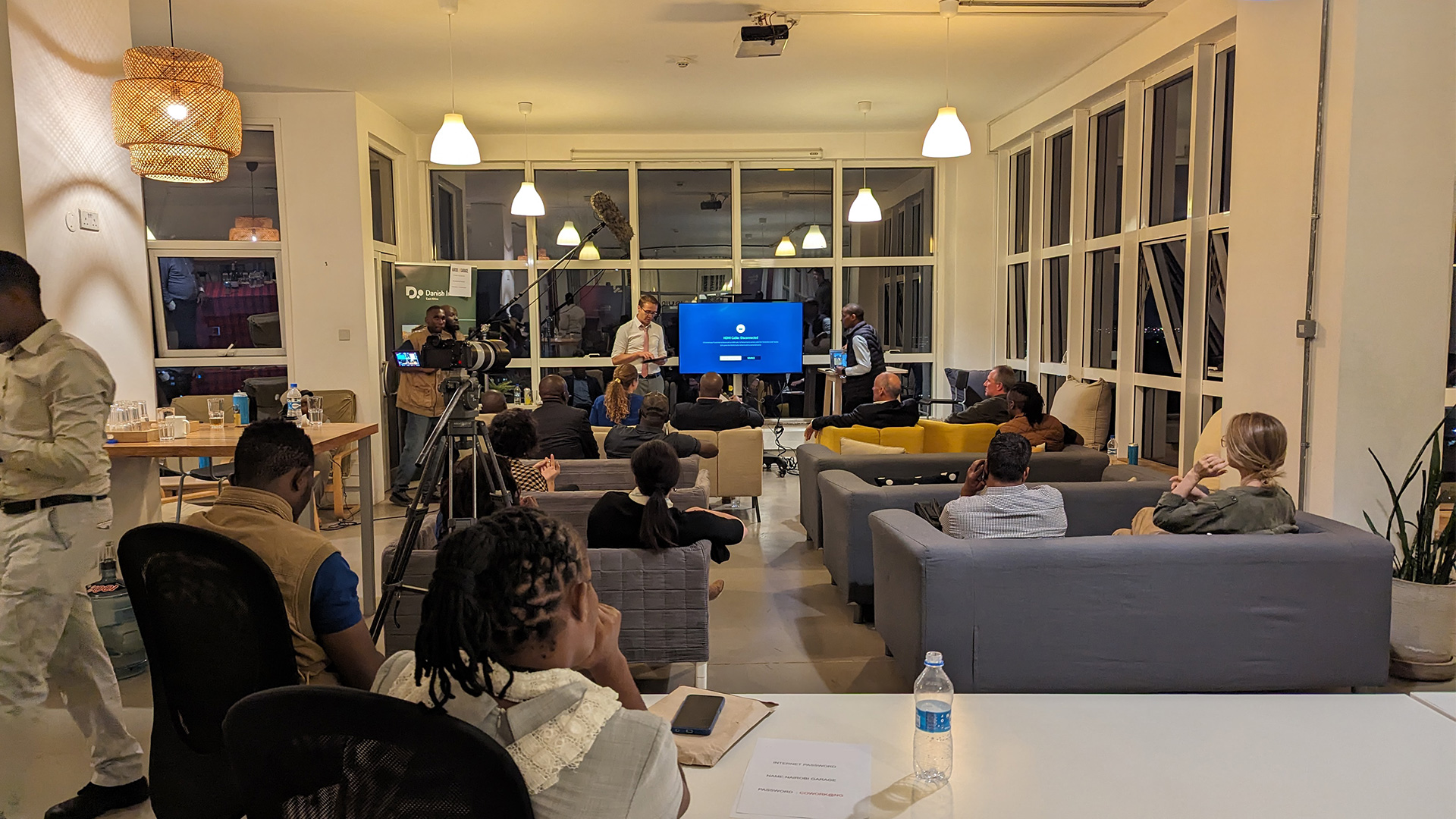Amidst the Covid-19 crisis, nonprofit organizations have faced onerous financial burdens. There has been a high demand for their services, which taxes their resources, yet their ability to bring in volunteers and host in-person fundraising events has been limited.
Nonprofits rely on donations in order to survive, and during the pandemic, fundraising has become even more challenging. As a case in point, Protect A girls Image in December that fundraising was down 18% compared to prior years.
However, thanks to the power of social media, there are strategies nonprofits can use to achieve their fundraising and marketing goals. As people become more comfortable with their digital devices during the pandemic, they provide nonprofits with a captive audience for engagement.
If you run a nonprofit, here is how to take advantage of the unique opportunities offered by social media to increase the success of your organization.
Most popular social media strategies for nonprofits
While there are many social media platforms out there, here are the most popular strategies used by nonprofits:
Facebook Strategy
With over 2.8 billion monthly active users, Facebook continues to be the most popular social media channel.
- Most successful posts on Facebook are short because people generally do not like to read lengthy paragraphs. If you write a long post and the action link is at the end, there is a chance the viewer may never see the donation link. Ideally put the donation link at the beginning of your posts, followed by brief copy.
- Including hashtags on Facebook posts helps popularize your nonprofit’s content and helps you gain more followers. If you utilize the hashtags that potential donors typically use, this will improve the page’s visibility and hopefully generate more donations.
- Another way to gain more followers on a Facebook page or Facebook group is to run ads on Facebook. The Facebook Lookalike Audience tool helps you target people similar to your supporters and donors to increase engagement.
- Share live events on Facebook. Live events allow supporters to see real-time updates of a fundraising event and inspires them to donate within the moment.
- Consider generating a Facebook survey to boost engagement and followers.
- Ask followers to share their connection to your organization by posting on their status section with a tag to your nonprofit.
YouTube Strategy
With over 2 billion monthly active users, the online video-sharing platform owned by Google is extremely popular. Many businesses, nonprofits, and influencers use YouTube to market their products and services.
Video content is more expensive and time-consuming to create than articles or images, but this type of content has the biggest engagement among audiences. With your nonprofit, you can set simple, yet stylized ways to shoot content, even from your office (or home office).
- A YouTube channel is an essential component of a social media marketing program. Your nonprofit should have an established, central channel that is search engine optimized. You might even make money from your YouTube channel if it becomes popular.
- Educational videos and content create awareness of the issues of importance to your nonprofit and are good ways to make your brand visible on YouTube.
- Sign up for a free Google for Nonprofits account at google.com/nonprofits and click on the “Get Started” button. To create a channel and find an ID. With a Google for Nonprofits account, you can raise money via YouTube without requiring donors to go to outside sources. YouTube has also implemented various features to help nonprofits raise money, such as:
- Fundraisers, which resemble Facebook fundraisers. They display a donate button next to the video or livestream.
- Community Fundraisers are when multiple YouTubers target the same cause to raise money on various channels.
- Campaign matching is when other businesses or YouTubers show their matching pledges during fundraisers or community fundraisers.
Additionally, Google covers all of the starter fees, so that nonprofits will receive the maximum funds raised.
Instagram Strategy
With over one billion monthly active users, Instagram is a video and photo-sharing app owned by Facebook. It is popular among 18 to 34-year-olds.
- Hashtags are vital on Instagram and use them liberally when publishing content. Hashtags help build a following because people search for content and accounts by searching hashtags related to their interests.
- Instagram offers the option to host a live event. Nonprofits can specifically use Instagram live events to share fundraising events, allowing followers to participate actively in donating.
- Gain more followers by hosting interactive question and answer sessions through your Instagram stories.
- Stories, in general, are viewed more than regular Instagram posts. People are more likely to look at stories rather than scroll through an entire Instagram feed. Highlighting your best stories will increase followers and inspire donations.
- You can easily add donation stickers to your Instagram stories to inspire others to donate. In addition, by sharing your Instagram stories on Facebook, you allow Facebook followers to take advantage of the donation sticker too.
- In your stories and posts, you can increase engagement and visibility by tagging other organizations or individuals whom you work with. Also when you create a story or post, Instagram has a feature that allows you to post your location, which gives your content a broader reach and further establishes your credibility. There are also ways to apply these same features to Facebook stories and posts, and you can publish the same content shared on Instagram to linked social media channels, such as Facebook and Twitter.
- Reach out to influencers who may be interested in supporting your nonprofit, asking if they would be kind enough to include a mention of your organization in their content.
Twitter Strategy
With over 330 million monthly active users, Twitter is a site where users post and interact with other users via mini-messages called “tweets.” Many businesses have used Twitter to increase their visibility and engagement with consumers.
- It is vital that your message/bio in the “About” section of your Twitter profile contains a cohesive and clear message for people learning about you for the first time. Donors need to understand and care about your organization if they are going to donate.
- A simple way to gain more followers on Twitter is to advertise your Twitter account on other social media channels. Connecting other channels in some form draws more followers and helps grow an account.
- Always be concise in your wording, and if possible, support your tweets with images or videos.
- Post often or daily to Twitter. Frequent posting with hashtags offers a greater opportunity for people to discover your organization’s content and account and provides more opportunities for engagement.
- Increase your number of followers by engaging with other Twitter accounts. Social media is primarily about instantaneous communication. Vital social media thrives on reciprocity and interacting in the moment; engaging with related accounts inspires reciprocal engagement. When you interact with other users on Twitter, there’s a chance that those accounts will share your nonprofit’s account and content with their followers, which can lead to even more followers for you.
- Live tweeting allows supporters to watch real-time updates of a fundraising event, increasing followers and donations. Similar to Facebook Live events, this could inspire people to donate instantly.
- The Twitter Poll is an excellent tool to use. It allows you to create your own poll and immediately see the results. A poll inspires more engagement because it requires more effort than reading text or watching a video. Also, if people enjoy voting, there is a high likelihood they will share the poll amongst their followers, hopefully helping your charity gain more followers and boost engagement.
LinkedIn Strategy
With over 310 million active monthly users and 740+ million registered professionals, LinkedIn is the leading employment networking platform.
Nonprofits can use LinkedIn to contact professionals involved in social responsibility or philanthropy. Large corporations have senior employees coordinating donations and partnerships with nonprofits, and these employees all have a presence on LinkedIn. You can use the platform to network with these individuals and develop advocates for your cause.
- Business professionals use LinkedIn for networking; thus, connecting with a donor, especially during the pandemic, is the best virtual alternative to an in-person meeting.
- Many nonprofits have had success using LinkedIn to acquire talent. LinkedIn can help you discover new team members, board members, and volunteers.
- LinkedIn also has a “status” feature. Use the status update line to push relevant facts and ask supporters for donations.
- Take advantage of the “groups” feature to join several groups closely related to your mission. Try to frequently post in these groups to create more visibility and gain more connections.
- Post articles to LinkedIn.
TikTok Strategy
With over 1.1 billion active monthly users, TikTok is a video-sharing social platform for short-form videos. It has become enormously popular with Generation Z.
With TikTok, you can create videos tied to emotional music, and intertwine the video with a trending hashtag. Inputting emotion and having a trending hashtag has helped TikTok videos go viral and garner more followers.
- Use TikTok to inspire involvement and donating through storytelling. For example, the Save the Music Foundation shared videos of young, ambitious musicians playing their music, and used text overlays in the video to tell viewers their inspiring life stories as the video played. This allowed viewers to listen to each musician perform while being able to read how Save the Music impacted the person’s life.
- Charities can take advantage of informative content as a means to spread awareness. For their National Walking Day Campaign, United Way produced a short video of two people walking while highlighting the health statistics of walking frequently and the safety measures to consider during Covid-19.
Additional marketing strategies for nonprofits
Consider the following marketing strategies to supplement your social media program:
- Crowdfunding. Your nonprofit can fundraise virtually via crowdfunding. Crowdfunding is an excellent way to attract a large group of people to donate small quantities in unison, and there are many ways to share crowdfunding goals on social media channels.
- Email newsletters. Consider emailing a weekly newsletter to subscribers. This is a great way to keep your nonprofit at the forefront of people’s minds. Newsletters can include news updates, new images, new videos, references to the nonprofit on social media, links to donation pages, information about upcoming events, and much more.
- Content marketing. Employ content marketing strategies by creating articles for your website and other business sites. Stories should have links back to your website and especially to your donation page. These posts can help drive traffic and Google ranking. Nonprofits should employ content marketing strategies by creating articles for their website and other sites.
Conclusion
A nonprofit organization can use social media to increase donations and improve its visibility by successfully employing a comprehensive social media marketing strategy. Starting and implementing a coherent strategy may take a lot of time and effort, but it has been shown to be an extremely cost-effective marketing method for many organizations.


